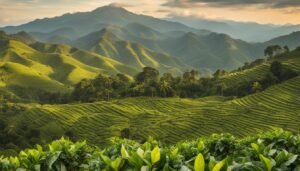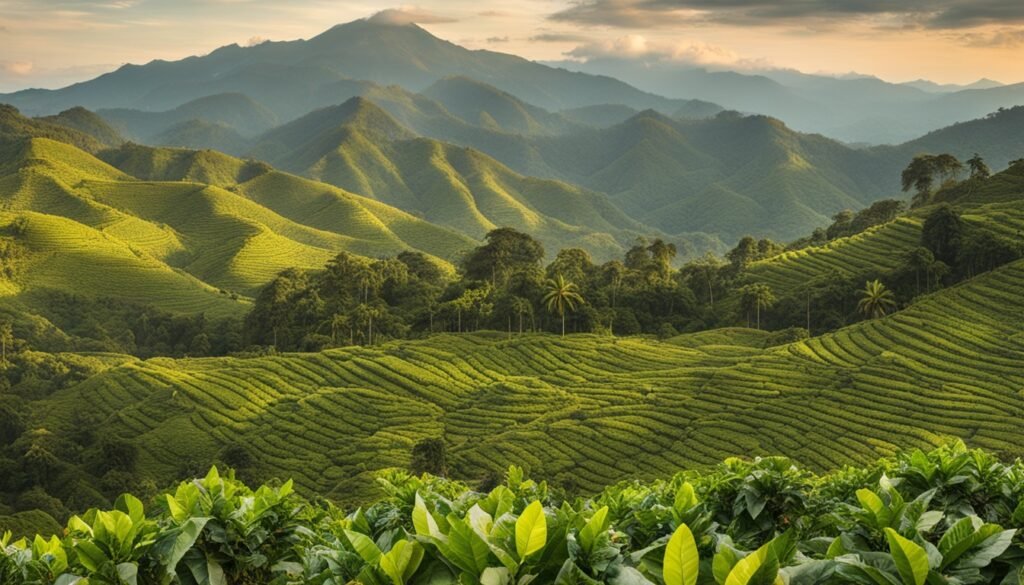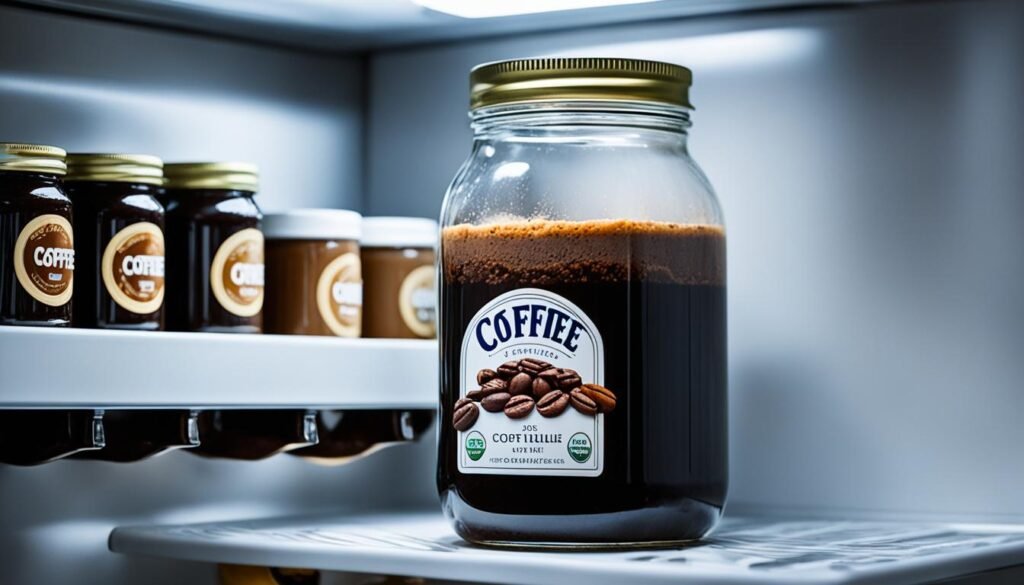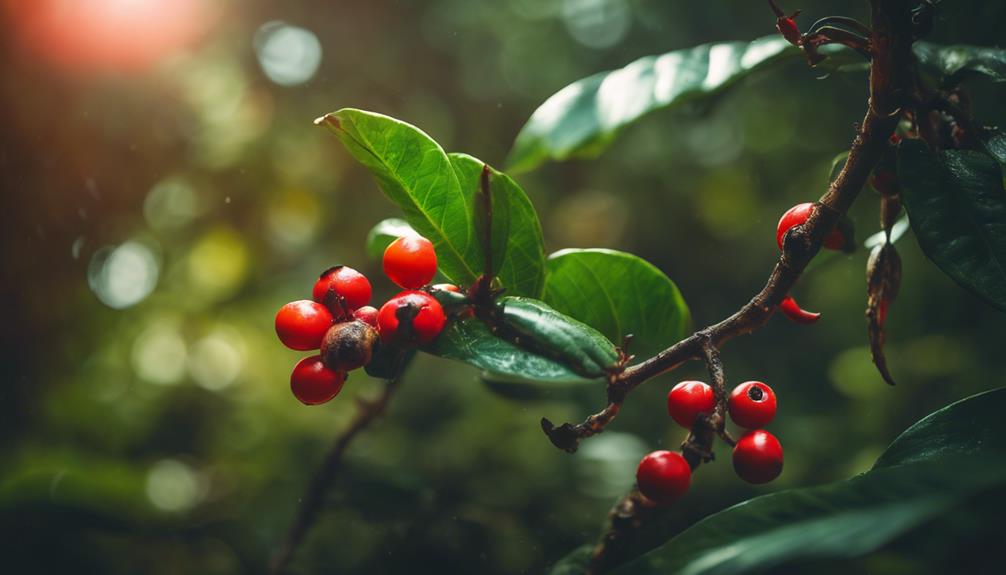Growing mushrooms in used coffee grounds offers a sustainable and nutrient-rich way to repurpose coffee waste. When coffee grounds are brewed, they naturally go through a pasteurization process, reducing mold spores and enriching the grounds with essential nutrients like nitrogen.
To start, mix fresh used coffee grounds with a drying agent and maintain moisture levels. Introduce mushroom spores, and carefully monitor temperature and humidity. Oyster, shiitake, and lion's mane mushrooms are known to thrive in this environment.
Harvest the mushrooms when their caps are fully open, and store them in a paper bag. Further exploration into detailed techniques and benefits can lead to a rewarding mushroom cultivation experience.
Basics of Mushroom Growth
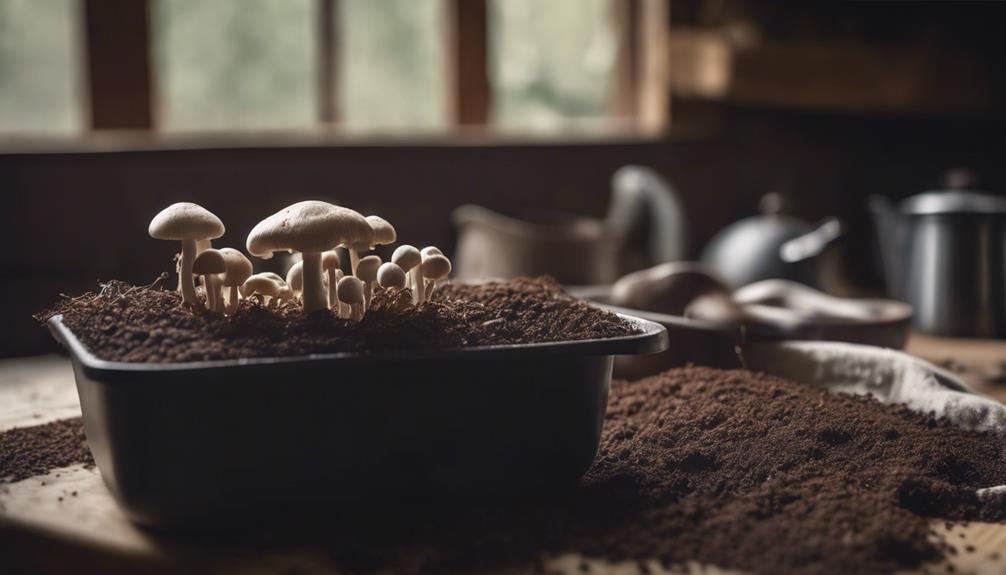
Understanding how mushrooms grow is crucial for successful cultivation. Mushrooms start as tiny spores that germinate into mycelium, a network of thread-like structures serving as their root system.
The mycelium then spreads through the substrate, absorbing nutrients and breaking down organic matter. When ready, the mycelium develops into fruiting bodies, which we know as mushrooms.
This life cycle, from spore to mycelium to mushroom, is fundamental knowledge for cultivators. With this understanding, growers can create optimal conditions to support each growth stage, leading to a plentiful and healthy mushroom harvest.
Benefits of Coffee Grounds
Often overlooked, coffee grounds are a valuable resource for mushroom cultivation. These grounds naturally undergo pasteurization during brewing, simplifying the preparation process for growing mushrooms and reducing the risk of contamination from other microorganisms.
Using fresh coffee grounds from the same day also helps minimize the presence of mold spores, creating a healthier environment for mushroom growth. Moreover, coffee grounds provide essential nutrients like nitrogen, which are beneficial for strong mycelium development.
Growing Methods and Tips
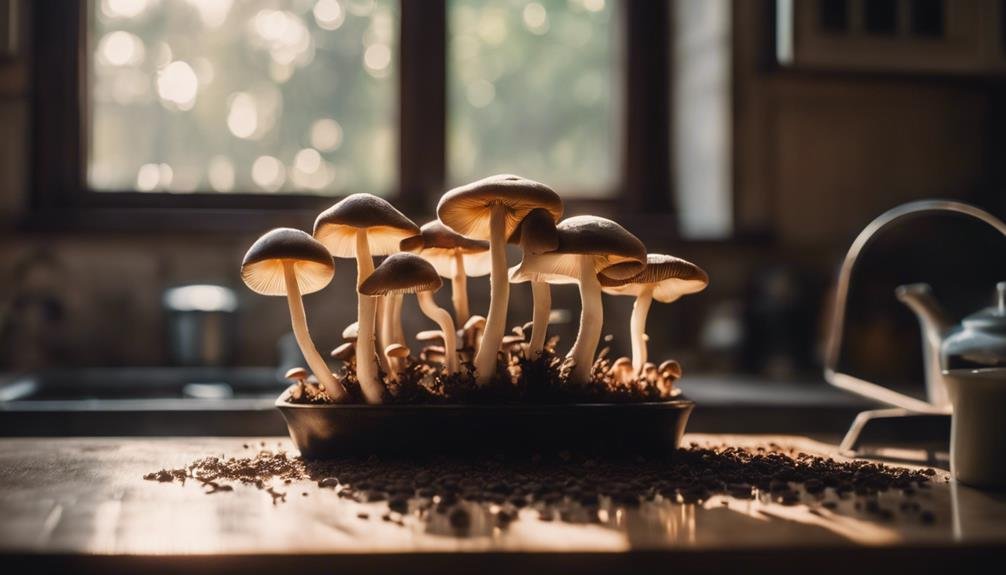
When cultivating mushrooms in coffee grounds, it's important to start with fresh used coffee grounds to avoid mold spores.
Mix the grounds with a drying agent like pasteurized sawdust or cardboard to create a balanced growing medium.
Keep the mixture moist but not waterlogged, and add mushroom spores making up at least 10% of the mix for colonization.
Monitor temperature and humidity levels regularly to create ideal conditions for mushroom growth.
Following these steps will help you create a thriving mushroom culture that enhances your gardening efforts and promotes sustainable practices within your community.
Best Mushroom Varieties
When it comes to cultivating mushrooms in coffee grounds, certain varieties excel due to their adaptability and culinary appeal. Oyster, shiitake, and lion's mane mushrooms are top choices for home growers seeking a fruitful harvest and delicious flavors.
Oyster mushrooms, known for their quick growth and mild taste, are perfect for beginners looking for a satisfying experience.
Shiitake mushrooms, with their earthy and robust flavor, thrive in the nutrient-rich environment provided by coffee grounds.
Lion's mane mushrooms, valued for their unique texture and potential health benefits, also thrive in this growing medium.
Each of these varieties offers a distinct taste profile, making them versatile ingredients for a wide range of dishes.
Harvesting and Using Mushrooms
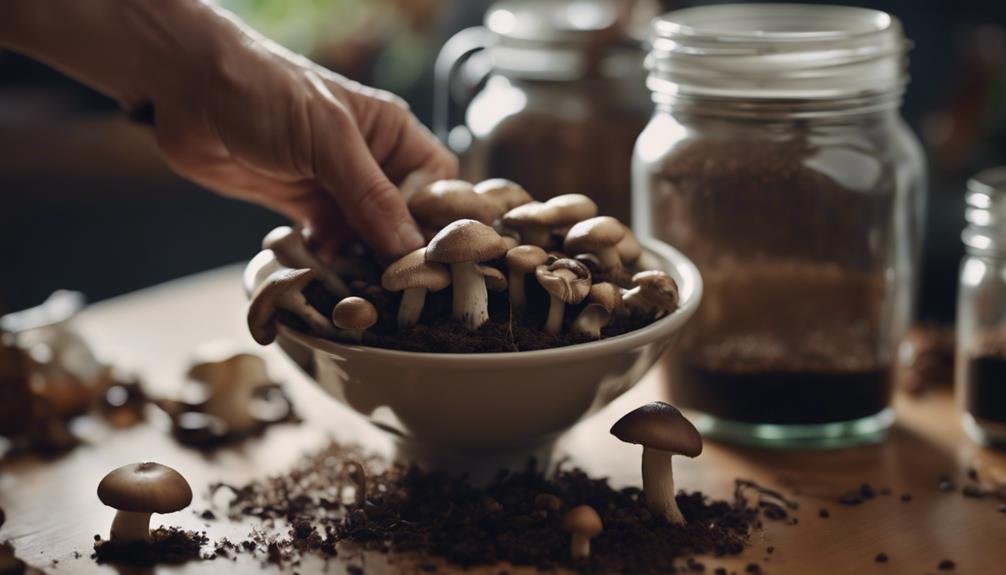
Harvesting mushrooms grown in coffee grounds requires careful techniques to ensure quality and sustainability. When the mushroom caps are fully open and the gills are visible, gently twist or cut them at the base to minimize damage to the mycelium for future yields.
Store the harvested mushrooms in a paper bag in the refrigerator to keep them fresh. These mushrooms can be used in various dishes to enhance flavors with their rich umami profile. To prolong their shelf life, consider drying or preserving any excess mushrooms.
Sharing your harvest not only builds community but also showcases the eco-friendly advantages of this sustainable practice. By incorporating mushrooms into your diet, you contribute to a greener and healthier lifestyle.
Conclusion
In a surprising twist, sustainable mushroom cultivation has found a solution in an unlikely place – discarded coffee grounds. This environmentally friendly approach not only reduces waste but also provides a nutrient-rich environment that simplifies the cultivation process and lowers the risk of contamination.
By embracing this method, growers can achieve bountiful harvests of nutritious mushrooms while making a positive impact on the environment. The humble coffee grounds, typically considered waste, are transformed into a valuable resource, showcasing a harmonious blend of waste management and food production.


